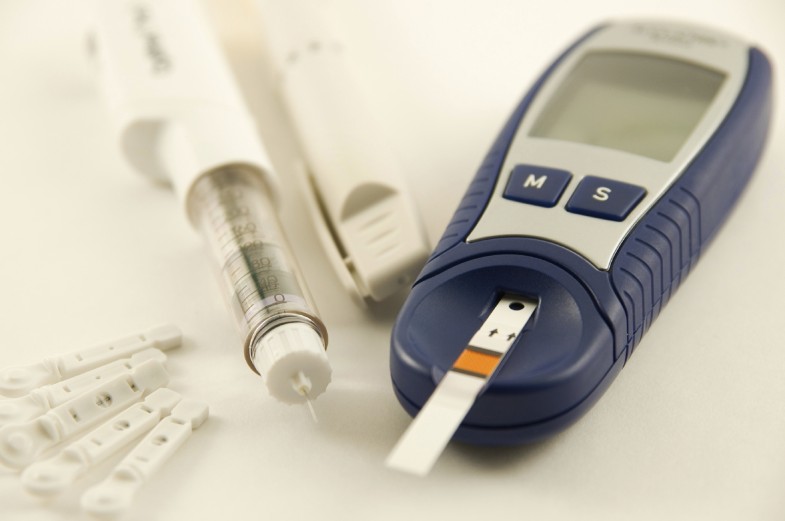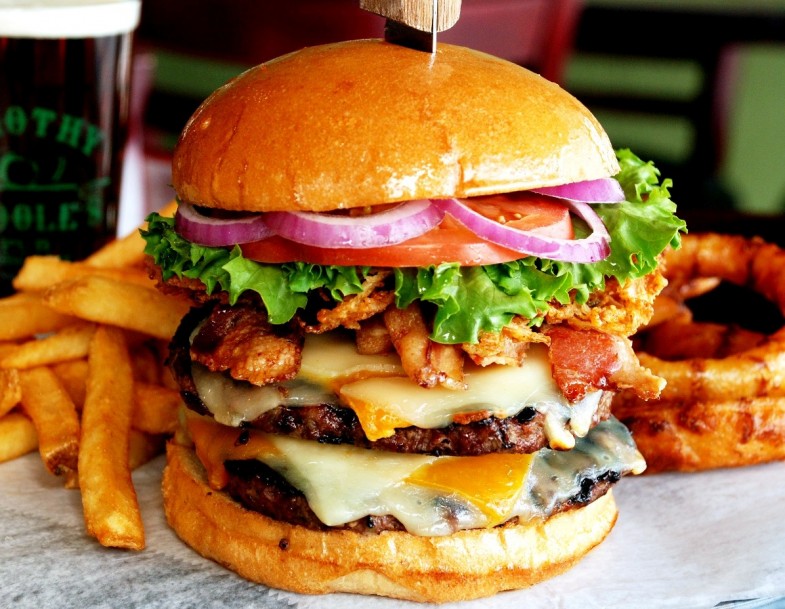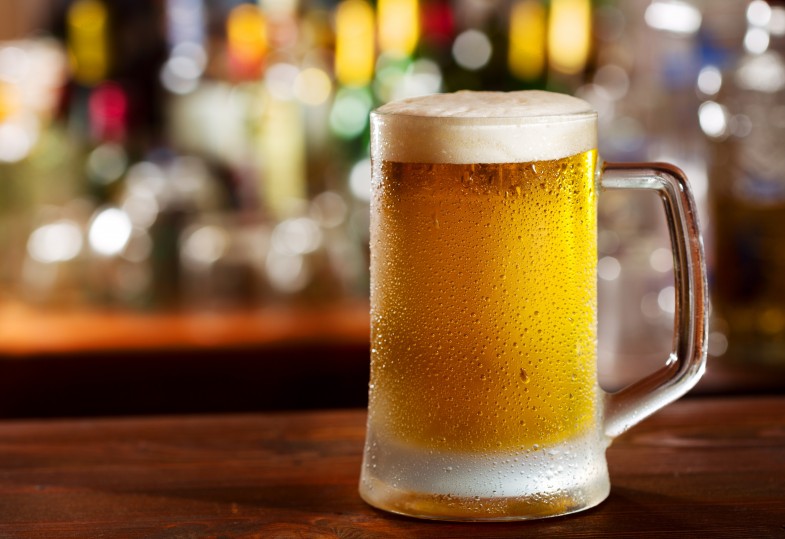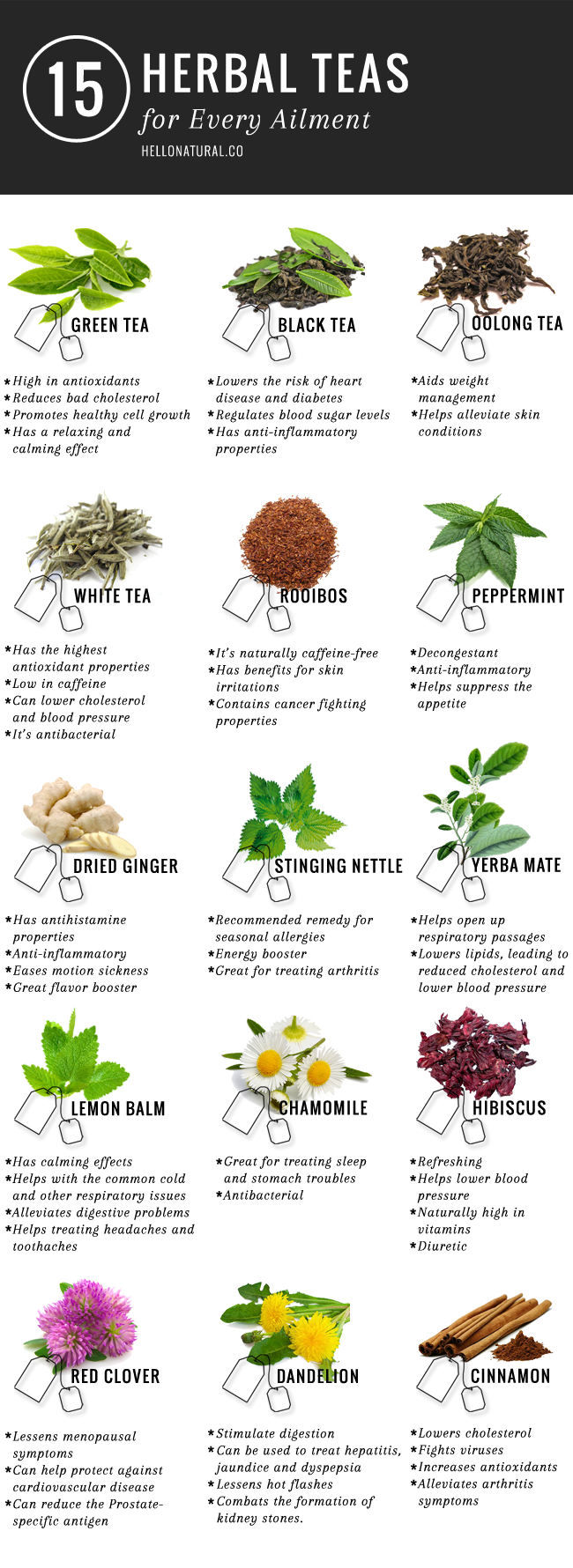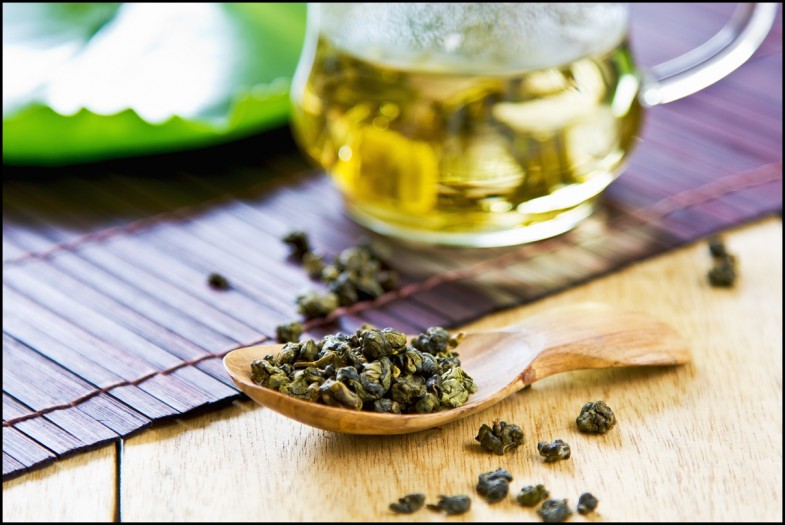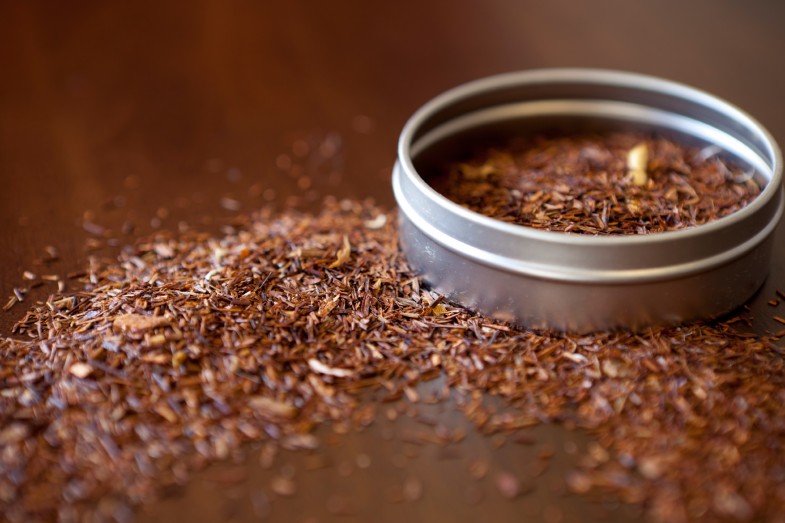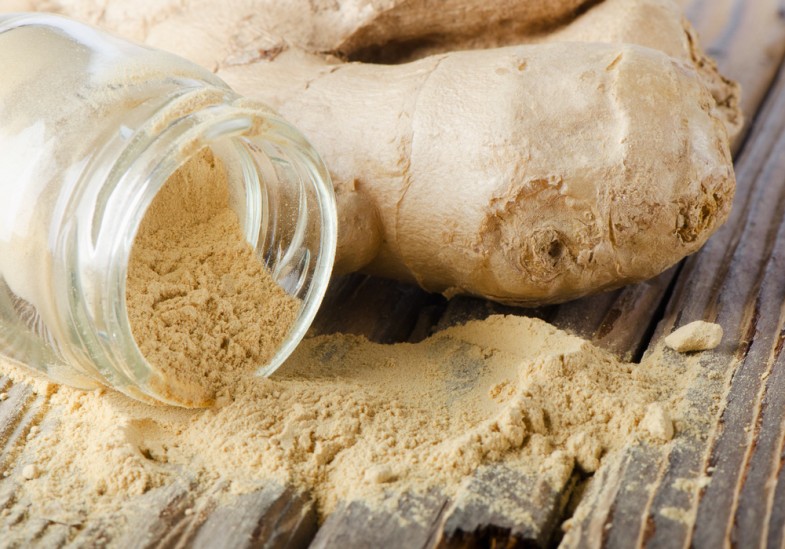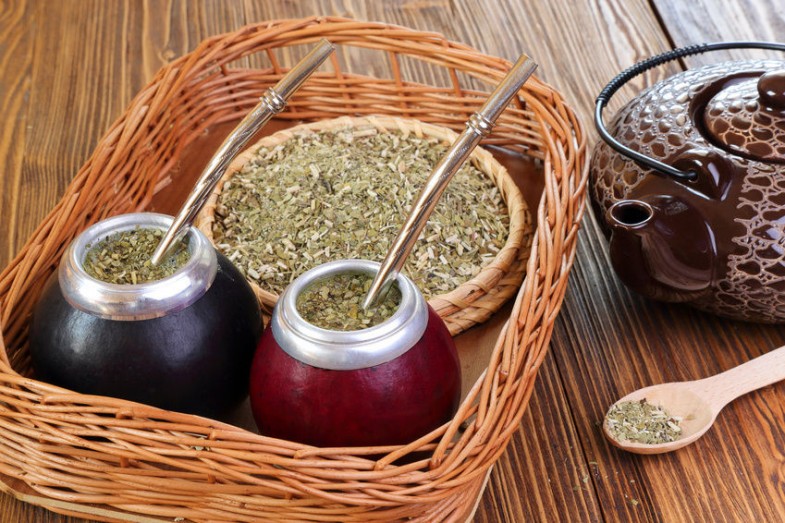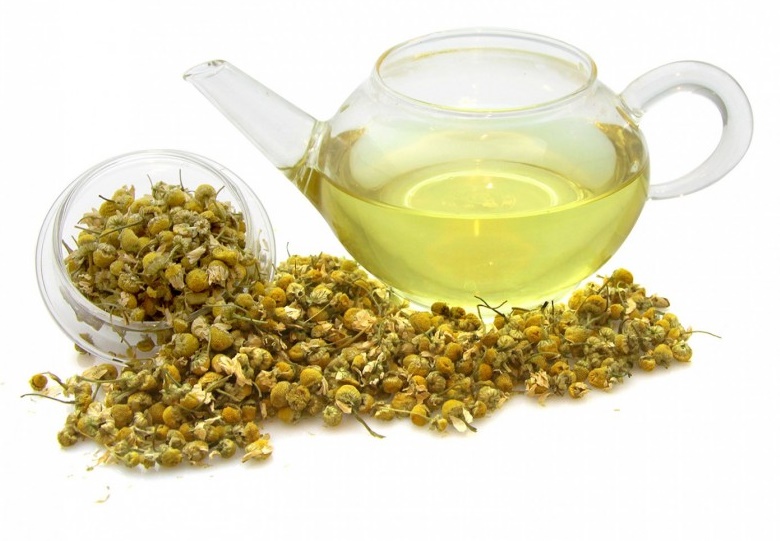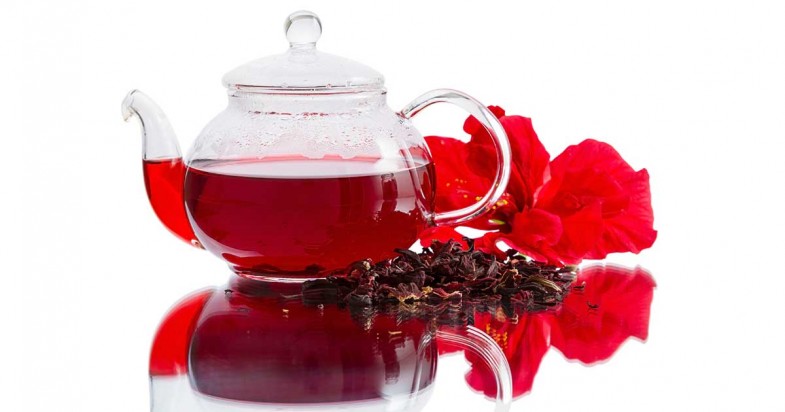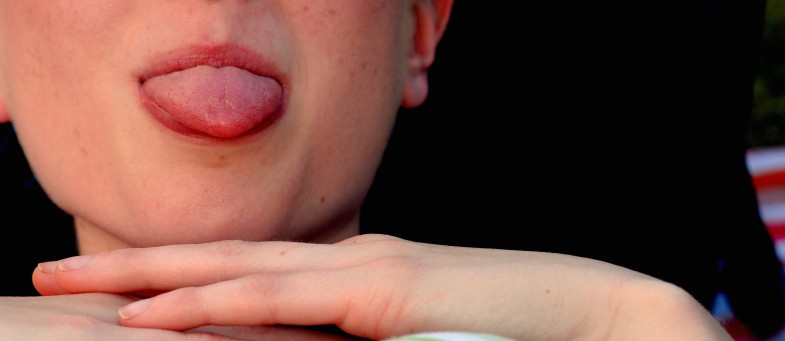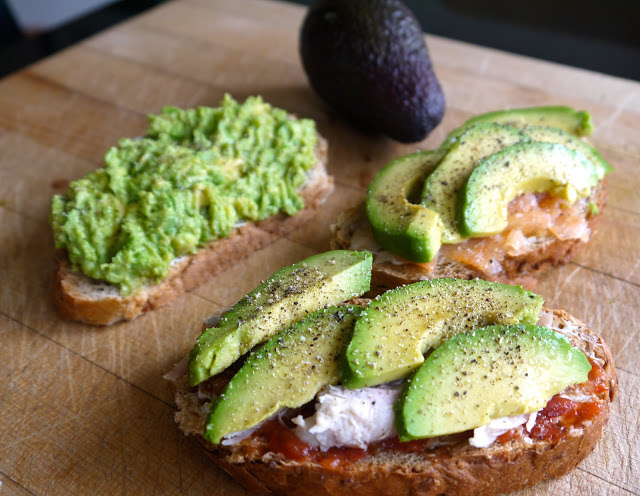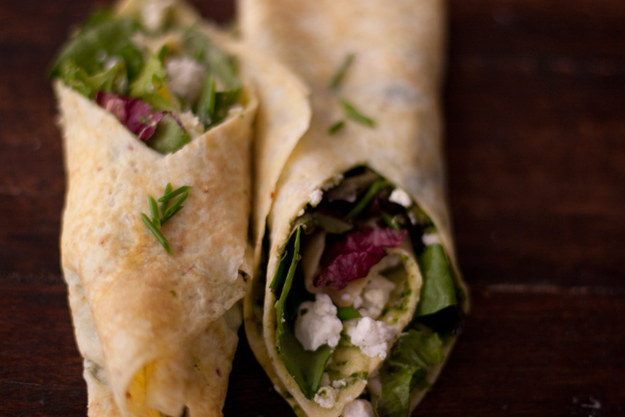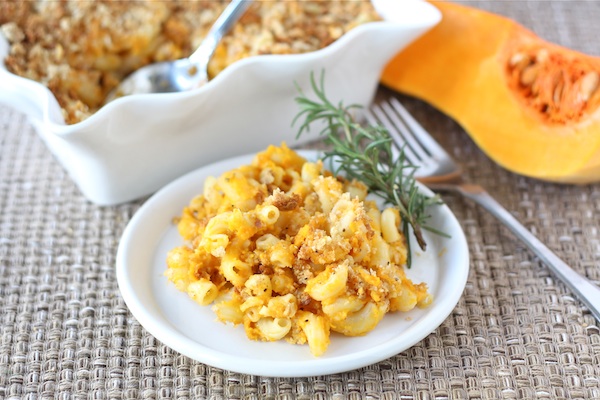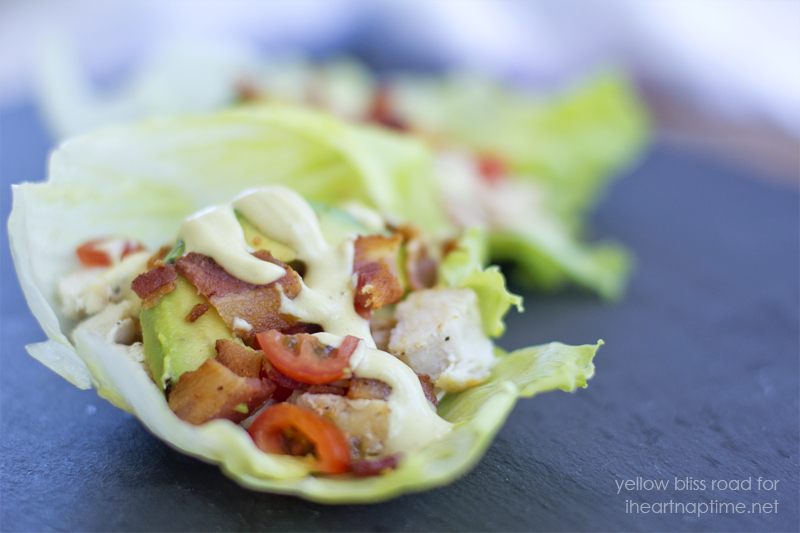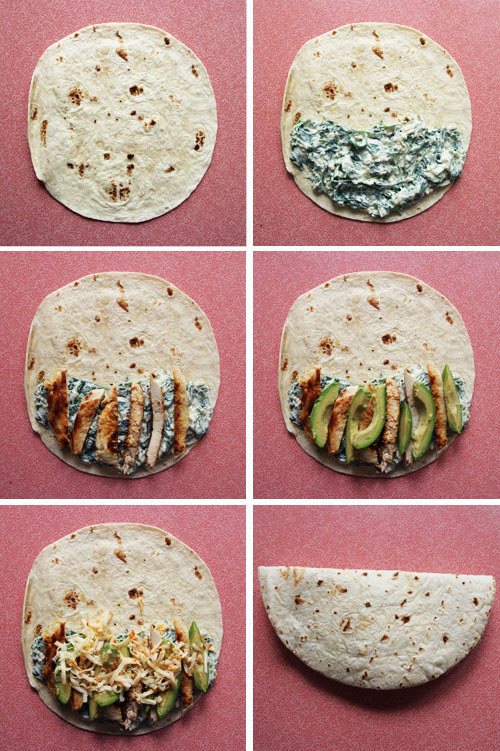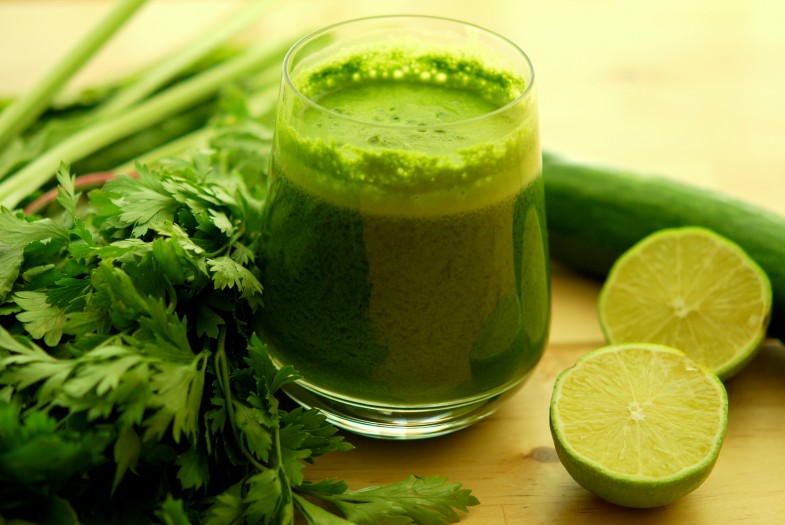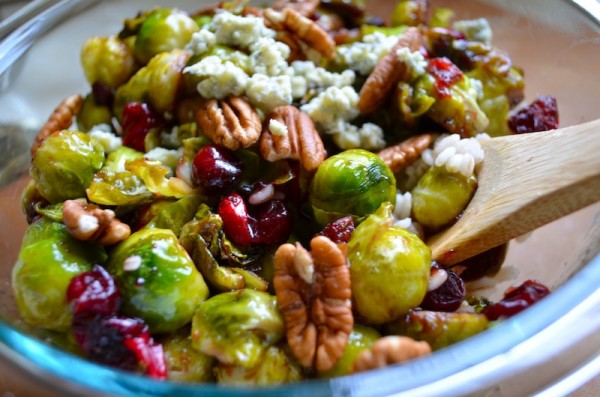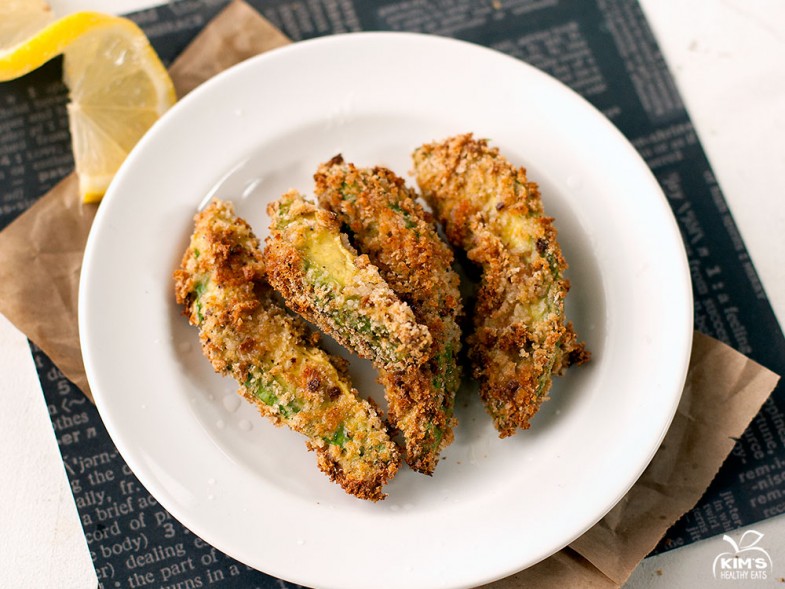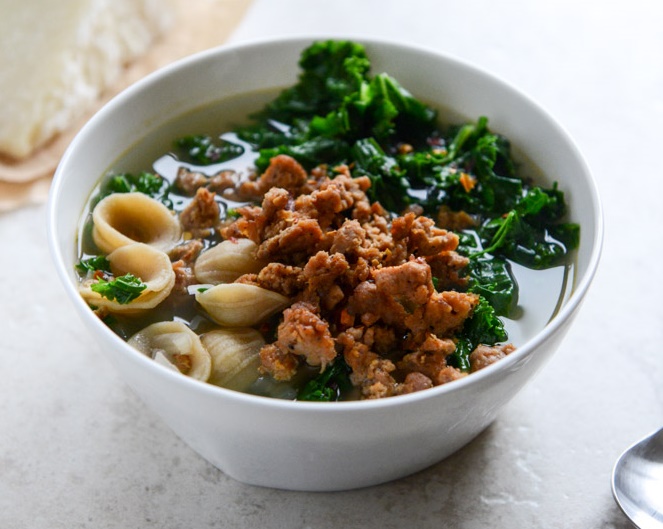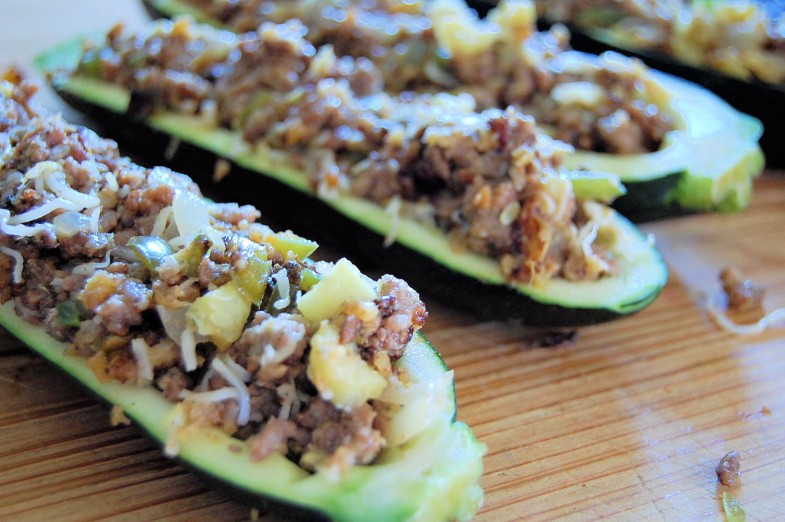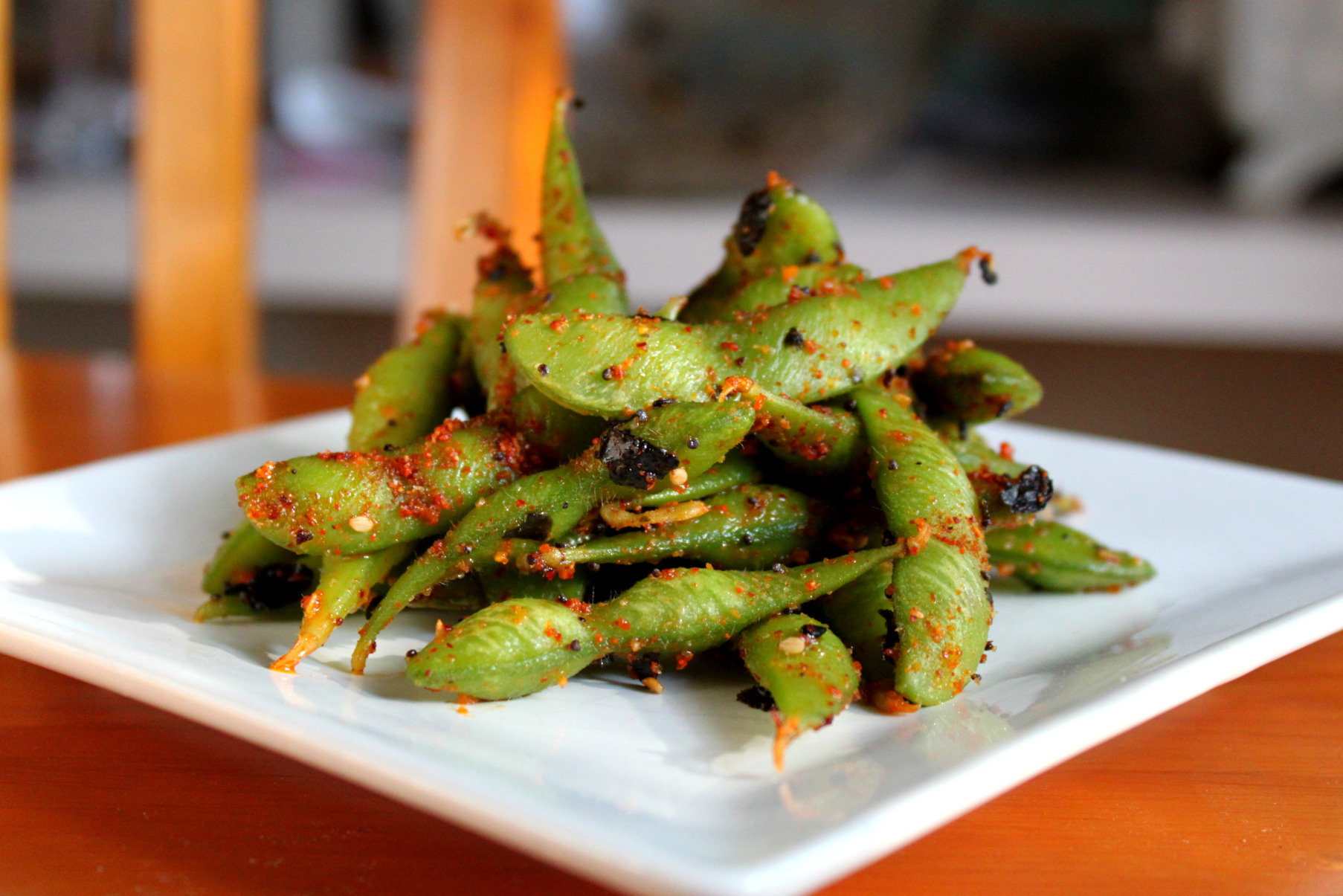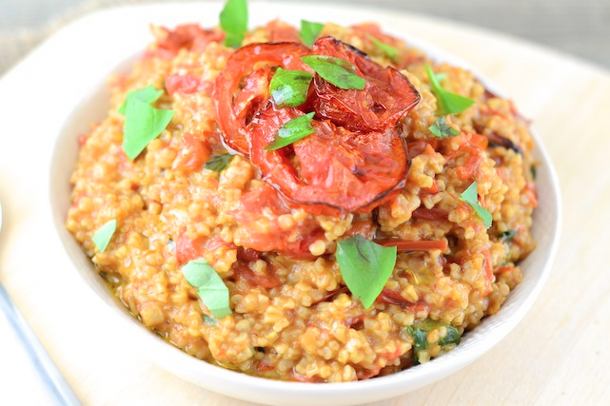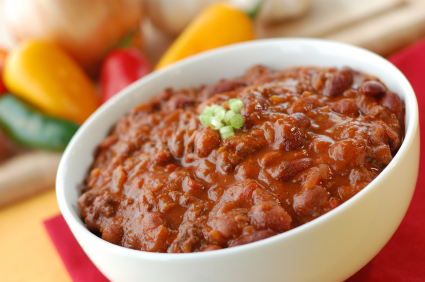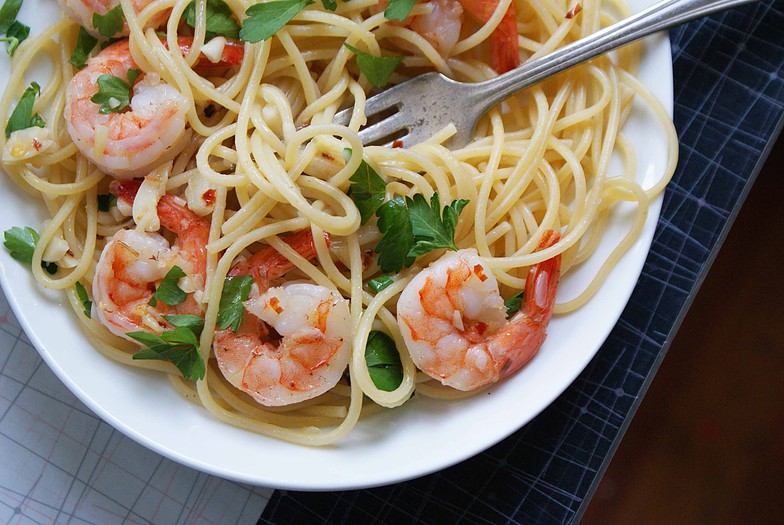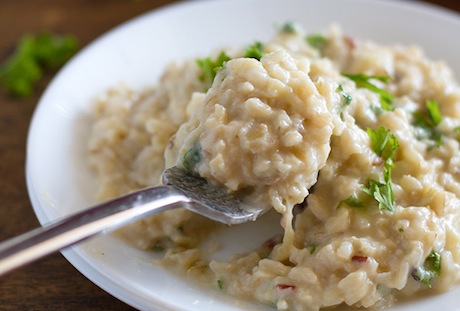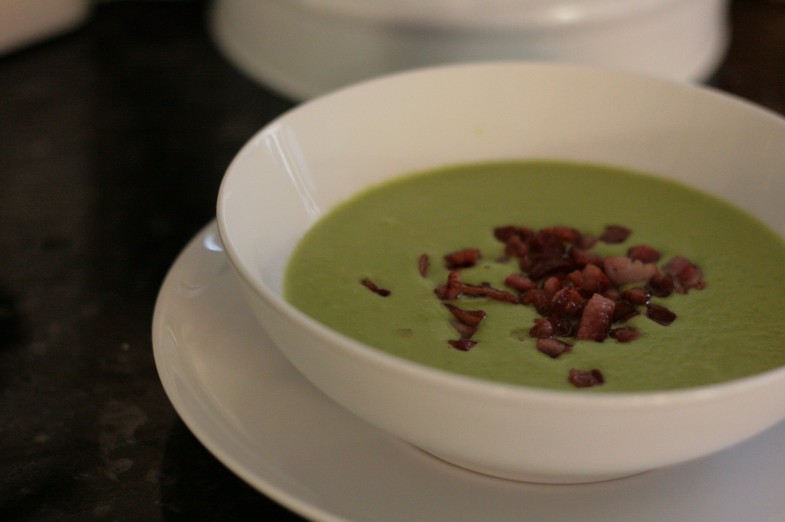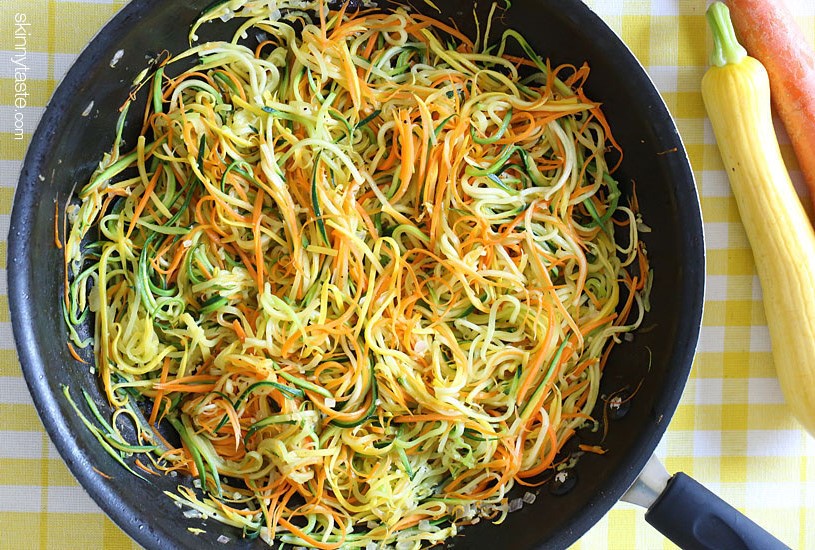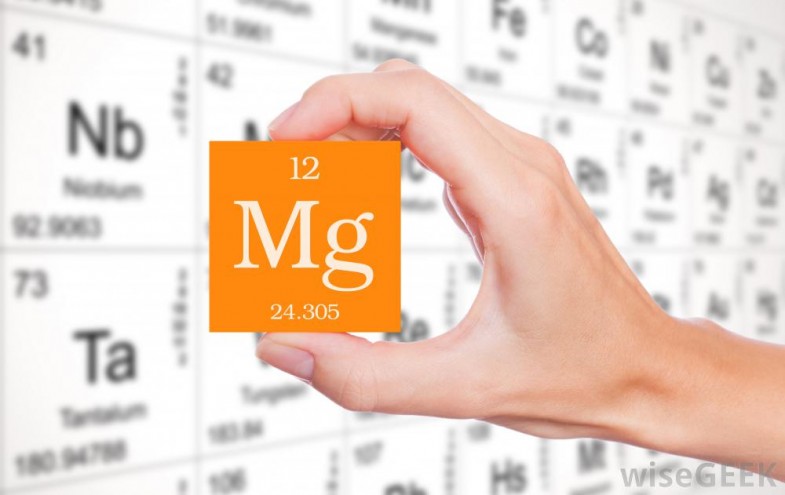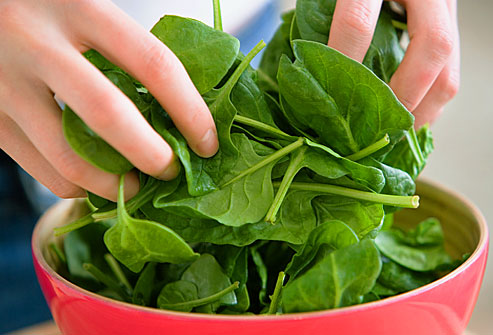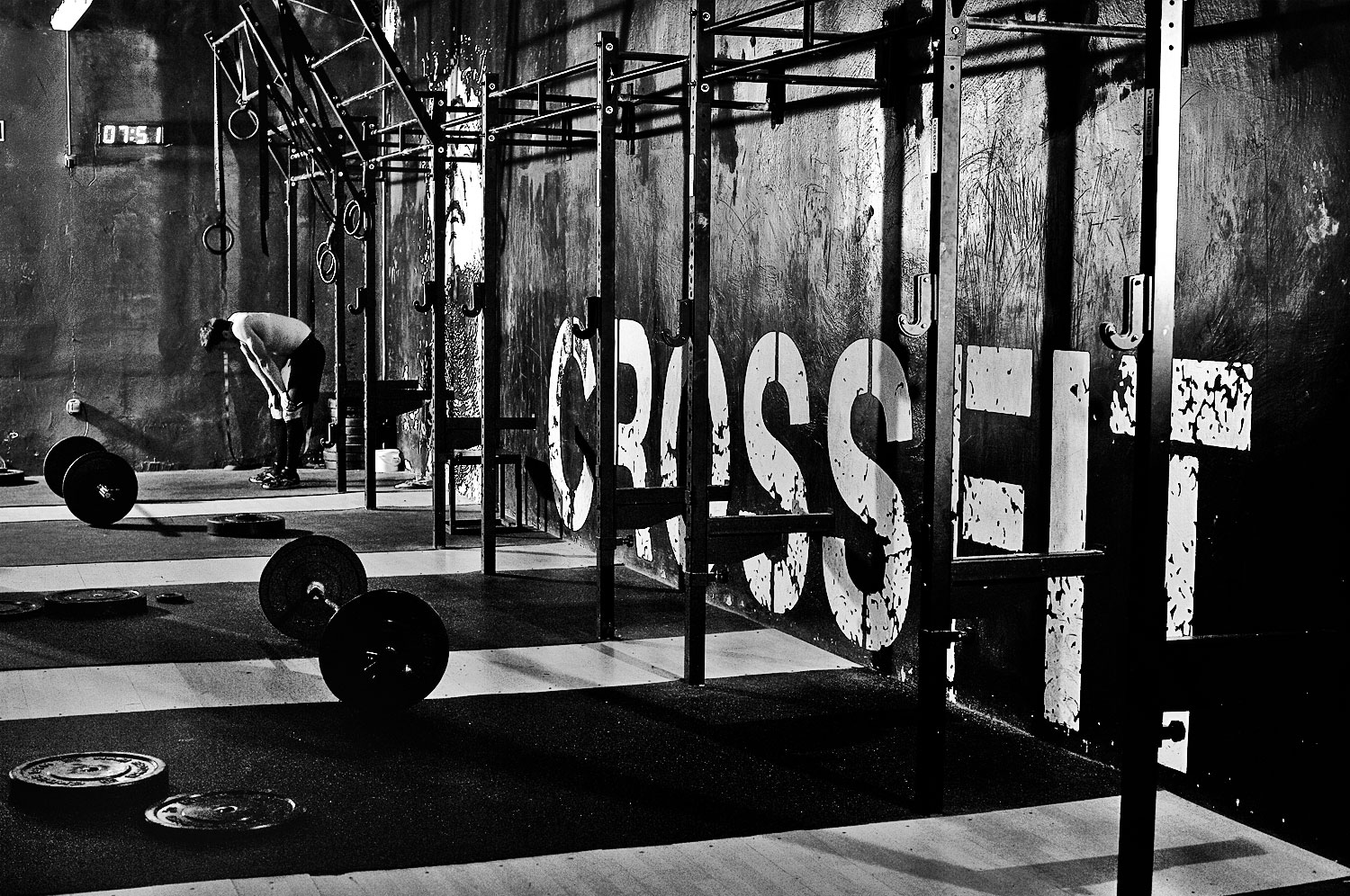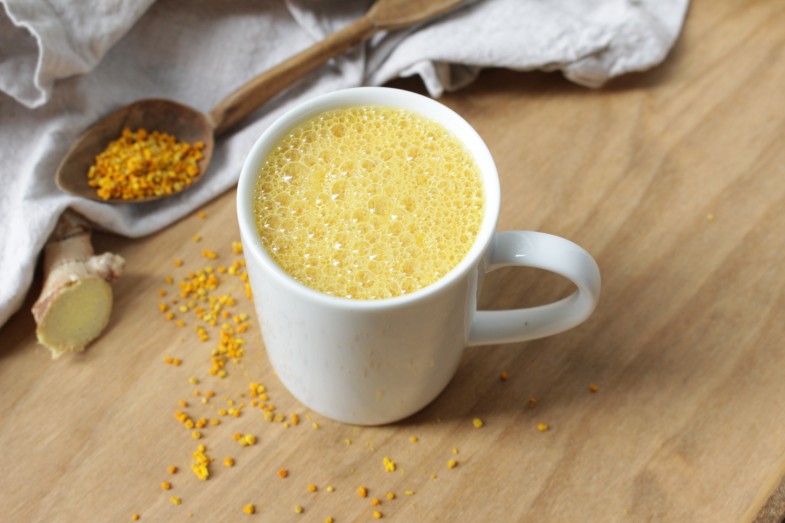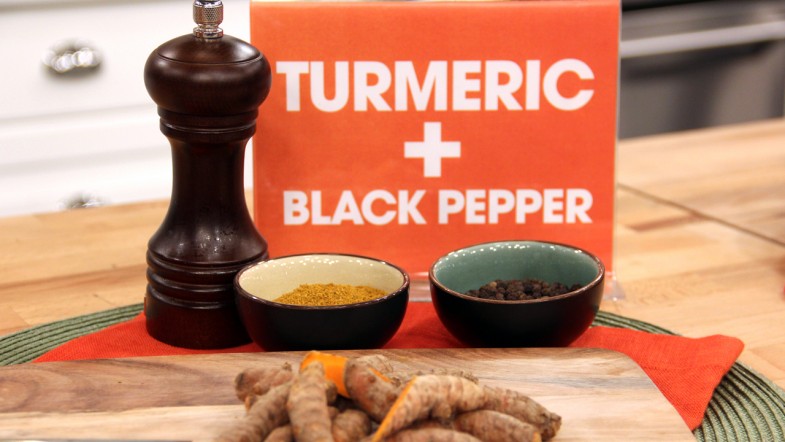
Source: health.com
Lose the pudge
A little bit of belly fat is actually good for you: it protects your stomach, intestines, and other delicate organs. But too much fat is anything but healthy. Extra fat cells deep in your abdomen (aka visceral fat) generate adipose hormones and adipokines—chemical troublemakers that travel to your blood vessels and organs, where they cause inflammation that can contribute to problems like heart disease and diabetes.
The good news? Every pound you shed can help reduce your girth. “Once women start losing weight, they typically lose 30% more abdominal fat compared with total fat,” says Rasa Kazlauskaite, MD, an endocrinologist at the Rush University Prevention Center in Chicago. Even better, the choices you make every day can supercharge your ability to burn belly fat. Here are 10 common pitfalls—and ways to undo each one.
You’re on a low-fat diet
To shed belly fat, it’s good to eat fat—specifically monounsaturated fatty acids (MUFAs). When researchers in one study asked women to switch to a 1,600-calorie, high-MUFA diet, they lost a third of their belly fat in a month. “MUFAs are satiating, so they help you eat fewer poor-quality foods,” says David Katz, MD, director of the Yale Prevention Research Center.
Belly blaster: Have a serving of MUFAs—like a handful of nuts, a tablespoon of olive oil, or a quarter of an avocado—with every meal and snack.
You’ve been feeling blue for a while
Women with depressive symptoms were far more likely to have extra belly fat, found a recent Rush University Medical Center study. That may be because depression is linked to reduced physical activity and poor eating habits.
Belly blaster: Exercise! “It improves levels of brain chemicals that regulate metabolism of fat, as well as your mood,” Dr. Kazlauskaite says. This enhances your motivation to do other things that help ward off depression, like seeing friends. But if you’re so bummed out that you don’t want to do things you used to enjoy, it’s time to seek the help of a therapist.
Your food comes from a box
Simple carbs (like chips) and added sugar (in items like sweetened drinks) cause your blood sugar to spike, which triggers a flood of insulin—a hormone that encourages your liver to store fat in your middle.
Belly blaster: Instead of focusing on cutting out junk, center your efforts on adding in healthy fare (think extra servings of vegetables at each meal). As Dr. Katz says, “Filling your tank with high-quality fuel thwarts hunger.”
You’re skimping on the miracle mineral
Magnesium regulates more than 300 functions in the body. No surprise, then, that a 2013 study found that people who consumed more of it had lower blood sugar and insulin levels.
Belly blaster: At least twice a day, reach for magnesium-rich foods such as dark leafy greens, bananas, and soybeans.
You’re hooked on diet soda
A study in Obesity found that diet soda drinkers were more likely to have a high percentage of fat in their bellies. The researchers think that diet drinkers may overestimate the calories they’re “saving,” and then overeat.
Belly blaster: If you’re not ready to kick your habit, the researchers suggest reducing the number of food calories in your diet.
You love burgers
When Swedish researchers gave one group of adults 750 extra daily calories, mainly from saturated fat, and another group the same amount of calories but mostly from polyunsaturated fatty acids (PUFAs) for seven weeks, the saturated fat group accumulated two times as much visceral fat.
Belly blaster: Dine on fatty fish like salmon or trout once a week to get a good dose of PUFAs. The rest of the time, reduce your intake of red meat and opt instead for protein low in saturated fat, such as legumes and chicken.
You think girls don’t get beer guts
According to a 2013 Danish study, beer may indeed be linked with abdominal obesity. And though beer appears to have the greatest impact, wine won’t save you from a spare tire: One study found that the amount of alcohol of any type that women drank contributed to weight gain.
Belly blaster: Stick with seven or fewer alcoholic beverages a week. Light to moderate drinkers are the least likely to carry excess weight anywhere, shows a recent Archives of Internal Medicine study.
You can’t recall when you last said “om”
Menopause-related hormonal changes (which typically begin in your 40s) make it harder to shed stomach pudge—but vigorous yoga can help offset the effects. A 2012 study found that postmenopausal women who did an hour-long yoga session three times a week for 16 weeks lost more than 1/2 inch around their waists.
Belly blaster: Not a fan of Sun Salutations? “Take an hour to do something nice for yourself,” which could help control your stress hormones, advises Sheila Dugan, MD, a physical medicine and rehabilitation specialist in Chicago.
Your meals are beige
Brightly colored fruits and veggies are loaded with vitamin C, which reduces cortisol. What’s more, a recent study in The Journal of Nutrition showed that people who ate more of the nutrients in red, orange, and yellow produce had smaller waists as a result.
Belly blaster: Add color to your plate by topping fish with a mango salsa, or throw diced red pepper into your turkey meatballs.
Your sweat sessions don’t involve sweat
Research has shown that high-intensity interval training, or HIIT—bursts of vigorous activity followed by short periods of gentle activity or rest—boasts belly-shrinking benefits. “High-intensity exercise seems to be more effective at reducing insulin, triglycerides, and cortisol, and it burns more calories in less time, too,” notes Shawn Talbot, PhD, a fellow of the American College of Sports Medicine.
Belly blaster: If you enjoy biking or running, for example, accelerate to a pace that makes it hard to talk for two minutes; then slow down for a minute, and repeat until you’re done. Like resistance training? Try a series of moves like squats or push-ups for two minutes each with a 60-second break between them.


